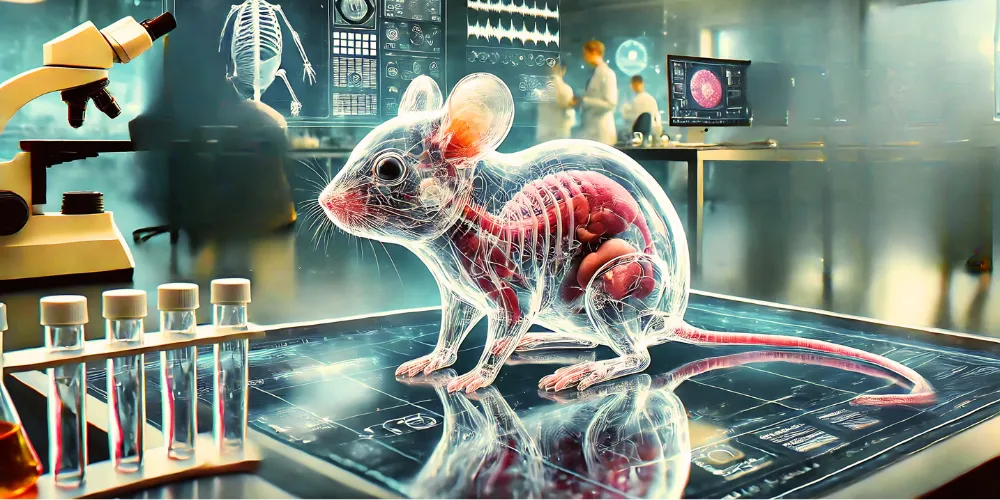The New Medical Miracle of Transparency in Skin Visualization

The Science Behind Transparency
The breakthrough was achieved by applying a concentrated solution of tartrazine, also known as FD&C Yellow No. 5, a food-safe dye commonly found in snacks and beverages. The researchers, led by a team at Stanford University, discovered that this dye could alter the refractive index of the skin, allowing light to pass through more freely. This phenomenon occurs because different biological tissues scatter light differently based on their composition, which includes proteins, fats, and liquids.
When the tartrazine solution is applied to the skin, it absorbs specific wavelengths of light and reduces the scattering effect that typically makes skin opaque. This process enables researchers to see internal structures, such as blood vessels and organs, with remarkable clarity. The transparency effect is temporary and can be reversed by rinsing the skin with water, making it a non-invasive method for observing living tissues.
Applications in Medical Research
This innovative technique has several potential applications in the medical field:
- Enhanced Visualisation: Researchers can observe the functioning of internal organs in real-time, which could improve understanding of various physiological processes.
- Non-invasive Diagnostics: The ability to visualise blood flow and organ activity without surgery could lead to more accurate and less invasive diagnostic methods.
- Cancer Detection: This technology could assist in the early detection and treatment of cancers by making tumors more visible.
- Improved Surgical Planning: Surgeons could use this method to better understand the anatomy of their patients before performing procedures.
Safety and Future Prospects
While the study's initial results are promising, further research is needed to determine whether this method can be safely applied to humans. Human skin is significantly thicker than that of mice, which may pose challenges for the absorption of the dye. However, if proven effective, this technique could revolutionise how medical professionals visualise and diagnose conditions in patients.
The researchers noted that the application of tartrazine induced minimal inflammation and did not result in any long-term health effects in the mice, as evidenced by stable body weight and blood test results. This safety profile is crucial for considering future applications in human medicine.
Echoes of H.G. Wells
The concept of invisibility has long fascinated scientists and storytellers alike, with H.G. Wells' The Invisible Man serving as a cultural touchstone for discussions about the implications of such technology. While Wells' narrative explored the darker aspects of invisibility, the current research highlights the potential for transparency to enhance medical science and improve patient care.
As researchers continue to explore the possibilities of this technique, it serves as a reminder of the thin line between science fiction and scientific reality. The ability to see through living tissue could not only advance our understanding of human biology but also lead to groundbreaking innovations in medical technology.
The application of a common food dye to achieve transparency in mouse skin represents a significant leap forward in biomedical research. This non-invasive technique could pave the way for new diagnostic methods and enhance our understanding of complex biological systems. As scientists work towards adapting this technology for human use, the vision of a future where medical professionals can easily visualise internal structures without invasive procedures draws closer to reality.
In a world where medical advancements are crucial for improving health outcomes, this innovative approach serves as a beacon of hope, bridging the gap between imagination and scientific possibility.
This article was prepared using information from open sources in accordance with the principles of Ethical Policy. The editorial team is not responsible for absolute accuracy, as it relies on data from the sources referenced.